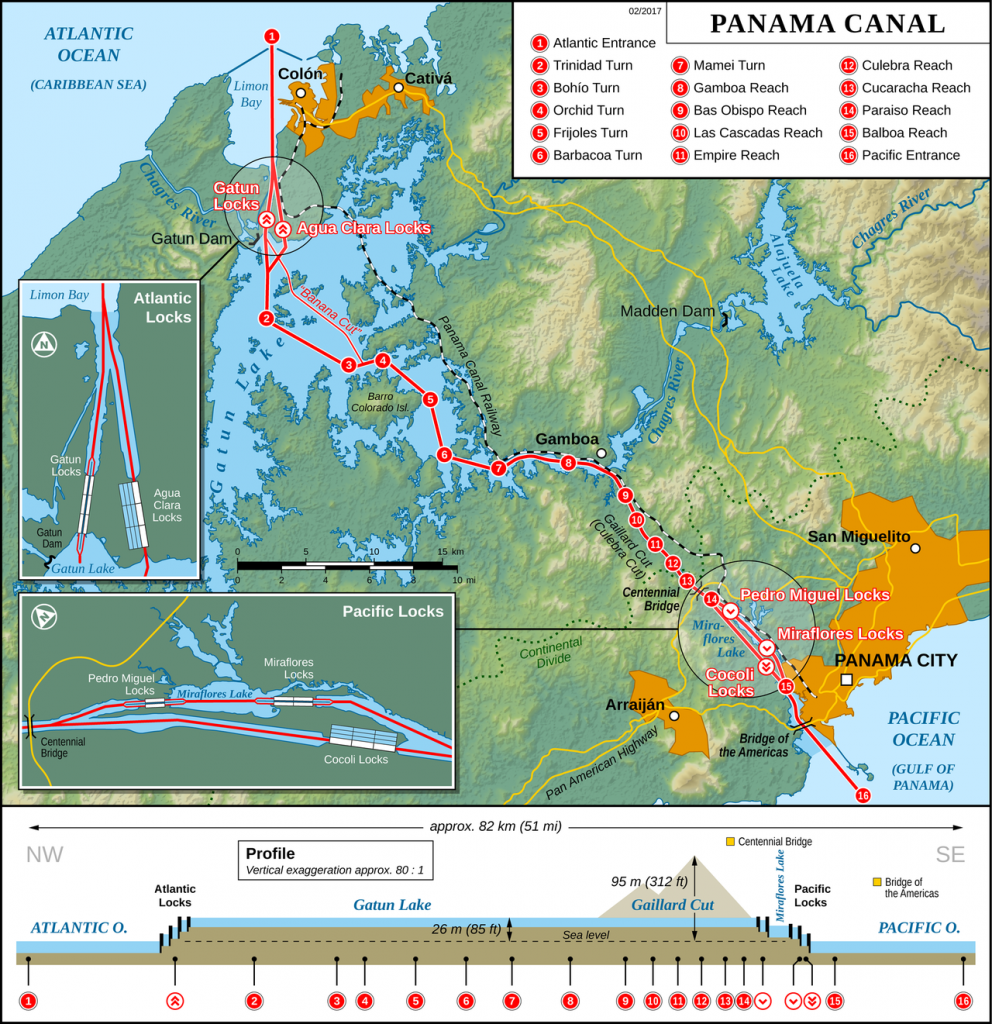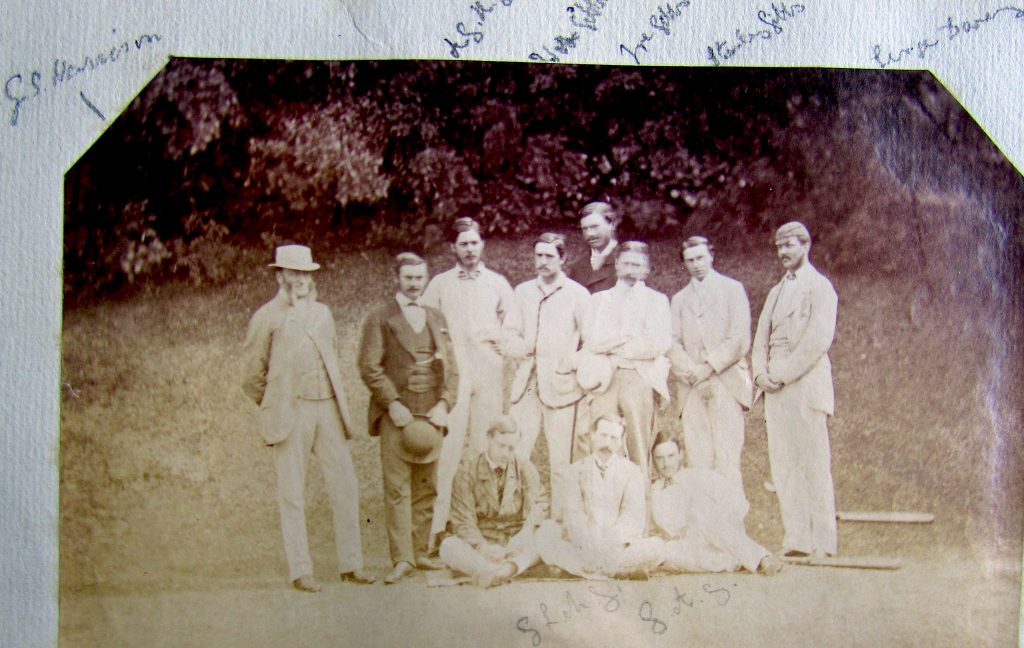Panama, Railroads and Family Tragedy
Having just returned from nearly 3 weeks travelling around Panama I was intrigued by the country’s history, vital links for travel and trade in the Americas, and a connected Gibbs Family Tragedy exactly 150 years ago.
The Panama Canal is renowned today as a major world shipping route cutting through the 50 mile wide Isthmus of Panama connecting the Atlantic and Pacific Oceans. First proposed by Spain in 1534, serious construction was started by the French in 1881 following their Suez Canal success. They were unprepared for the rainy season, jungle, malaria and yellow fever and an estimated 20,000 men died. After a mosquito eradication program the US took over in 1904 and completed the Canal in 10 years, finally handing it back to Panama in 1999. New parallel expansion locks opened in 2016 to handle today’s largest tankers and cruise ships. (Click here for larger map)

But the Isthmus of Panama was a significant crossing point between the two oceans long before the canal. From earliest colonial times Spaniards trekked their plundered Inca gold along the “Camino Real” across here for loading in ships to Europe. It was the primary route of trade with Peru and Chile for three centuries. Indeed Antony Gibbs & Sons had an Agency at Panama before 1819 for goods to come from England to Peru by way of the Isthmus, before their representative John Moens arrived in Lima in 1820, just as Spanish rule was being overthrown, opening the way to their guano fortune.
The United States was keen to find a secure, reliable and speedy link between the Atlantic and Pacific Oceans and in 1846 signed a treaty with Colombia authorising them to build and operate a railroad or canal and started running mail and passenger ships to either side of Panama, with travellers taking canoes and mules for the arduous journey between … but much quicker than trekking across the USA. In 1948 gold was found in California, creating a rush of emigrants wanting to cross the isthmus. The Panama Canal Railway construction started in 1850 “through a jungle of gelatinous swamps” and a deadly toll on workers, and the last rail was laid in 1855, becoming the most profitable railroad in the world.
I had planned to ride the new Panama Canal Railway during the final days of my trip, but was disappointed to find that the daily passenger service was cancelled during carnival (so I had to endure revelry and parades instead :)).

In November 1869, 23 year-old Stanley Gibbs started for South America to join Antony Gibbs & Sons as a clerk, accompanied by his cousin George Abraham Gibbs who was going out on a pleasure trip. They had taken a ship to New York, then on to Colon, the port on the Caribbean end of the Panama Railroad, taking the train to the Port of Balboa on the Pacific Coast.
Thence they travelled by ship to Acapulco and hired horses to ride overland to Mexico City, from where they proceeded down the construction line of the “Imperial Mexican Railway” (financed by Antony Gibbs & Sons and completed in 1873) to meet Joseph Gibbs, to try to resolve a conflict. Thence they travelled to Vera Cruz, described by Alexander von Humboldt as being endemic to yellow fever. From Vera Cruz they sailed to St Thomas in the Virgin Islands. Thence they took a ship to Kingston Jamaica, falling seriously ill with yellow fever after one day en route. George died on the 23rd February 1870 and Stanley two days later. The bodies were brought back to England and George Abraham and Stanley were buried on July 22nd in the family vault at Wraxall. A Memorial for Stanley was erected in the churchyard at Clifton Hampden.
George and Stanley were very keen cricketers and Stanley was a particularly good bowler. They played cricket on the newly laid pitch in the grounds of Tyntesfield Park. In one match Stanley took five wickets and scored 20 runs. The photo shows Stanley Vaughan Gibbs standing second from the right and George Abraham Gibbs sitting on the right.
(Stanley and George's story described with the support of David Hogg)

Pingback:Railways – London to New York and beyond – Gibbs Family Tree
Pingback:An Englishman installed the first railway in Mexico – Gibbs Family Tree